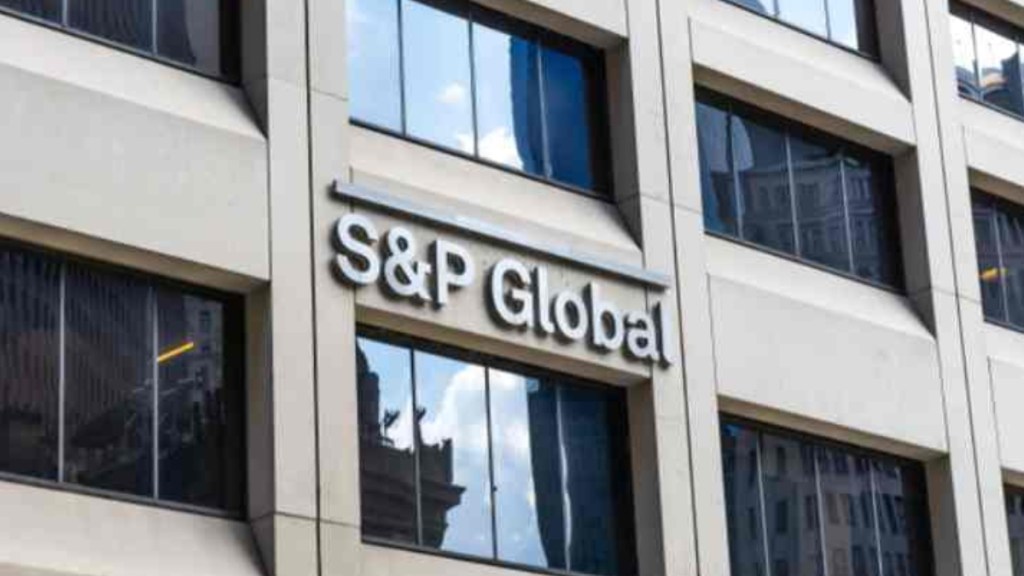S&P Global Ratings’ revision in the outlook on India to positive from stable is little more than a signal that the economy is on the right track. While not to be dismissed outright, it is small consolation for a country that is on its way to becoming the world’s third-largest economy by 2027.
On Wednesday, S&P affirmed India’s BBB- long-term and A-3 short-term unsolicited foreign and local currency sovereign credit ratings. In June 2020, Moody’s had downgraded India’s foreign and local-currency long-term issuer ratings to Baa3 from Baa2 with a negative outlook. At this level India’s rating is the lowest in the investment-grade or a notch above the junk category.
Clearly, a full-fledged rating upgrade would have made a much bigger difference, whether in terms of foreign investments flowing into the country or in terms of borrowing costs of Indian companies coming down in the overseas markets. An upgrade to the rating, according to S&P, hinges on India’s fiscal deficits becoming “meaningfully” smaller. Specifically, S&P would like to see general government debt at below levels of 7% of GDP on a structural basis.
Currently the combined deficit of the states and the Centre is a shade under 10%. This could see an improvement in the current year; should the deficit for the states come in at about 2.5-3% and that for the Centre at the budgeted 5.1%, that would take the combined deficit to a little over 8%. Should the government use some of the generous dividend of `2.1 trillion that the Reserve Bank of India (RBI) has given it, to trim the deficit, the 8% number could be smaller. However, pruning the deficit too much could hurt growth.
Economists believe that rating agencies would also keep a watch on the ratio of the public debt to GDP, which is currently at about 83% (FY23) and estimated by S&P at 85% in FY24. By some estimates, this is unlikely to go below 80% in the near term.
S&P also wants to be reassured that the RBI is able to tackle inflation on a sustained basis via monetary policy measures. While India’s central bank has done a very good job of taming inflation, much of the rise in prices of certain commodities can be attributed to the higher cost of importing them. Indeed, too many supply-side factors impact inflation today making the central bank’s job harder.
There is no doubt that India’s macro-fundamentals today are far more robust than they were a few years back. The economy has battled both the pandemic and the Ukraine-Russia hostilities remarkably well and continues to grow at a reasonably good pace even if there are some pain points.
The rupee has been resilient and with a comfortable stock of forex reserves of about $650 billion, there is enough of a war chest to support the currency if needed. Moreover, with India’s inclusion in a couple of EM bond indices, there’s likely to be an inflow of about $20-25 billion in the bond markets next month. That should lower borrowing costs in the local market; even otherwise, benchmark yields are already below 7% and could drift down further once liquidity conditions ease.
Economists say that while the economy is growing at a good pace ratings agencies would also keep in mind the country’s per capita income, which is lower than some of India’s peer nations. That would require some work.


